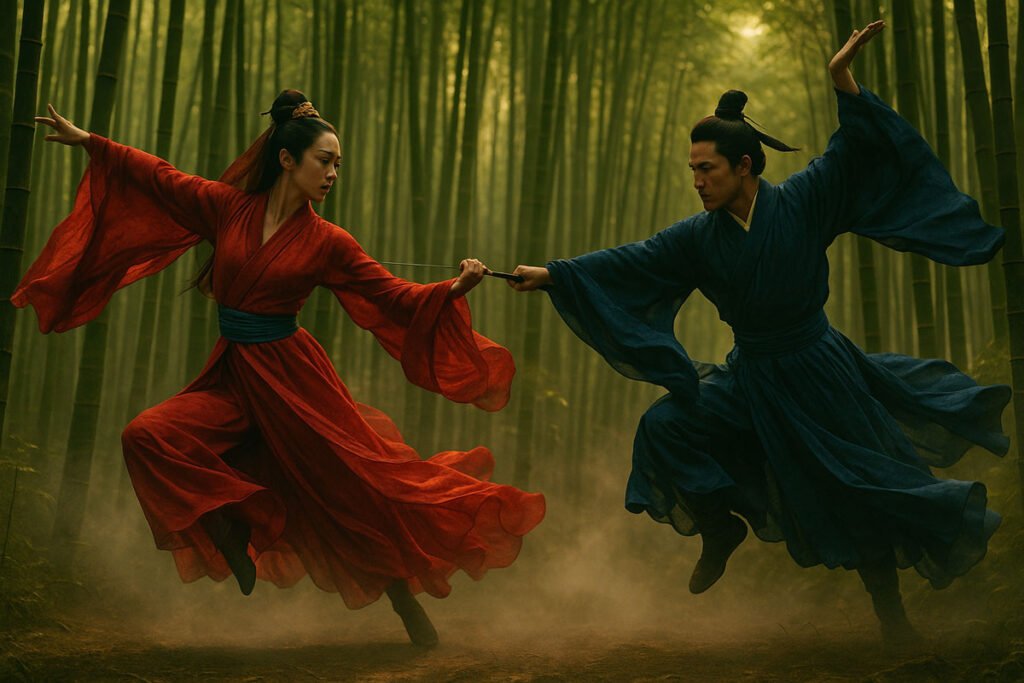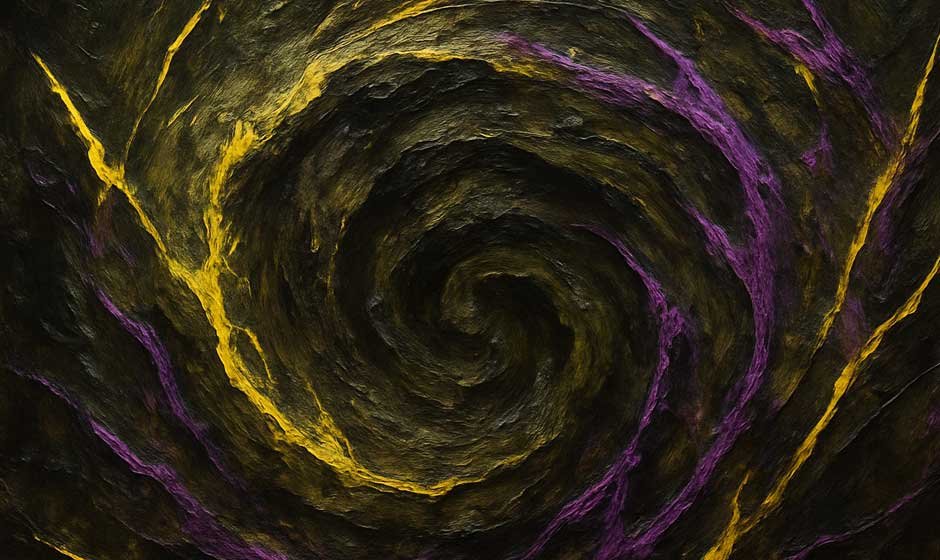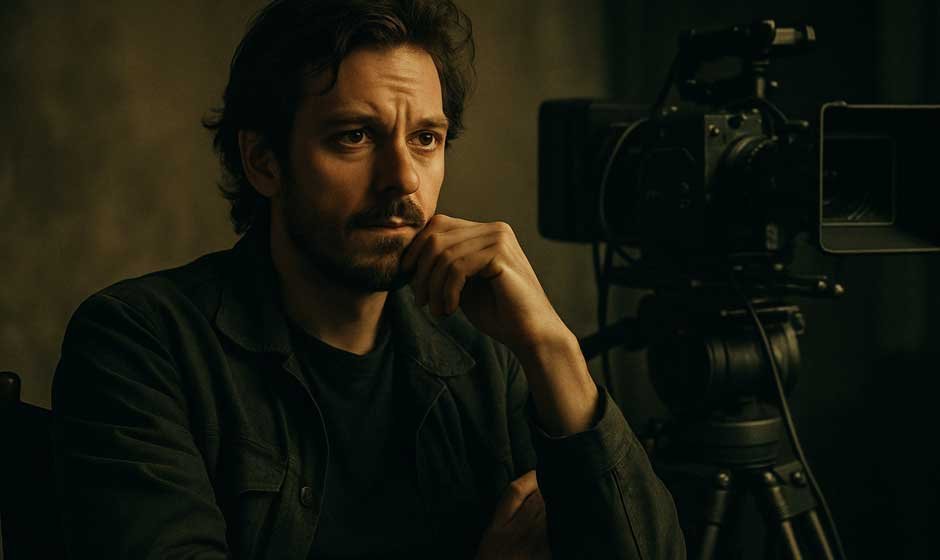Table of Contents
ToggleThe Enduring Allure of the “Dummy Scene”
A Visual Masterpiece Revisited
Zhang Yimou’s “House of Flying Daggers” isn’t just a film; it’s a visual symphony. It captivates audiences with its lush, poetic imagery and uniquely stylized action. Among its most talked-about elements is the so-called “dummy scene,” a fan-coined term for the movie’s almost otherworldly martial arts.
This phrase perfectly captures the feeling of watching characters move with a grace that seems to bend the rules of reality. This article pulls back the curtain on these famous sequences.
We’ll explore the blend of brilliant choreography, practical stunt work, and pioneering digital effects that created this unforgettable cinematic illusion.
Deconstructing the Spectacle: What Makes a “Dummy Scene”?
The Dance of Blades: Choreography as Storytelling
In “House of Flying Daggers,” fighting is an art form, a deadly and elegant dance. The legendary choreographer Tony Ching Siu-Tung crafted a unique style that merges the impact of martial arts with the expressive flow of dance.
This innovative vision is what gives the action its distinct, ethereal quality. Characters don’t just trade blows; they glide, spin, and soar, turning every battle into a piece of visual poetry.
This choreographic language is the heart of the “dummy scene” effect, making the action feel both beautiful and surreally powerful.
The Unseen Artists: Stunts and Practical Effects
While the actors carry the film’s emotional weight, the flawless action is the work of highly skilled stunt doubles. These unsung professionals perform the most demanding and dangerous acrobatics.
Their expertise allows the director to capture long, fluid takes of action that would be impossible otherwise, making the extraordinary look effortless. Practical effects, especially the complex wire-work, are just as crucial.
This technique, known as “wire-fu,” lets performers fly through the air, creating the illusion of superhuman agility. The stunt team’s dedication, harnessed by these rigs, provides the invisible backbone for the film’s most spectacular moments.
Digital Daggers and Vanishing Wires: The Role of CGI
The film’s title comes to life through the magic of computer-generated imagery (CGI). The flying daggers themselves, which twist through the air with impossible precision, were a product of digital artists.
These effects were groundbreaking at the time and were key to creating the film’s signature combat style. Post-production is where the final layer of magic is applied.
The wires used to suspend the performers are meticulously erased from each frame. This painstaking process leaves behind the clean, awe-inspiring image of characters dueling in mid-air, perfecting the “dummy scene” illusion.
The Echo Game: A Case Study in Brilliance
A Symphony of Sound and Movement
The famous “Echo Game” scene is a perfect example of the film’s technical and artistic genius. It’s a masterful symphony of sound, motion, and performance.
In the scene, the blind dancer Mei (Zhang Ziyi) must use her hearing to strike a series of drums in response to beans thrown by an officer. Her movements are both a captivating dance and a display of martial prowess.
Here, practical performance and technical wizardry merge into one unforgettable sequence. The intricate sound design, rhythmic editing, and Ziyi’s stunning physical acting all work in perfect harmony to create pure cinematic magic.
More Than a Fight: Thematic Resonance
Action That Reflects Character
The stylized combat in “House of Flying Daggers” is more than just a visual treat. It’s a powerful reflection of the characters’ inner worlds, their hidden loyalties, and the tangled web of deception that connects them.
The sheer beauty of the action often contrasts with the tragic romance and emotional turmoil at the story’s heart. Every graceful parry and every deadly strike is loaded with meaning.
The fights are an extension of the characters’ relationships, expressing love, betrayal, and sacrifice in a language more powerful than words. This gives the action a depth that makes it essential to the film’s story.
The Legacy of the Flying Daggers
A New Standard for Wuxia Films
The revolutionary techniques used in “House of Flying Daggers” set a new standard for the wuxia genre. By blending practical stunts, elegant choreography, and sophisticated digital effects, Zhang Yimou’s team created a new visual language.
This style was both innovative and deeply connected to the traditions of Chinese cinema. The film’s influence is undeniable, and its DNA can be seen in countless action films that followed.
Yet, few have matched its unique blend of artistry, technical skill, and emotional weight. “House of Flying Daggers” remains a timeless masterpiece, a testament to the power of film to create worlds of unparalleled beauty.













